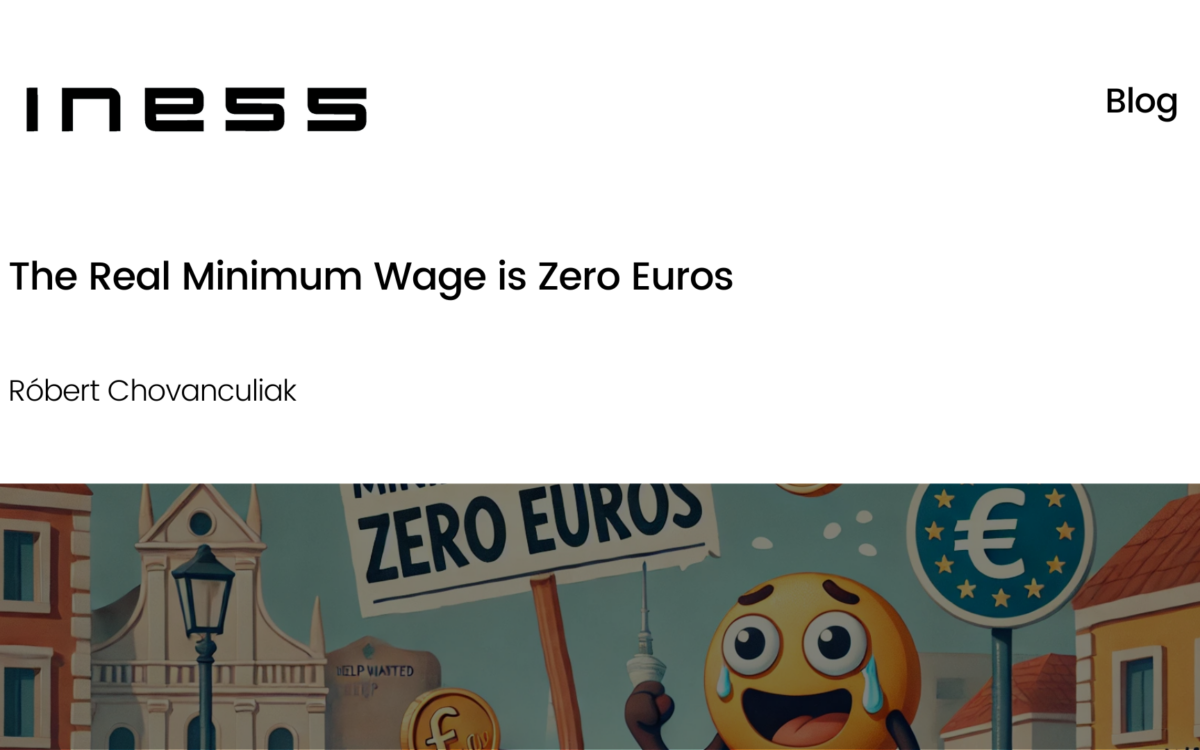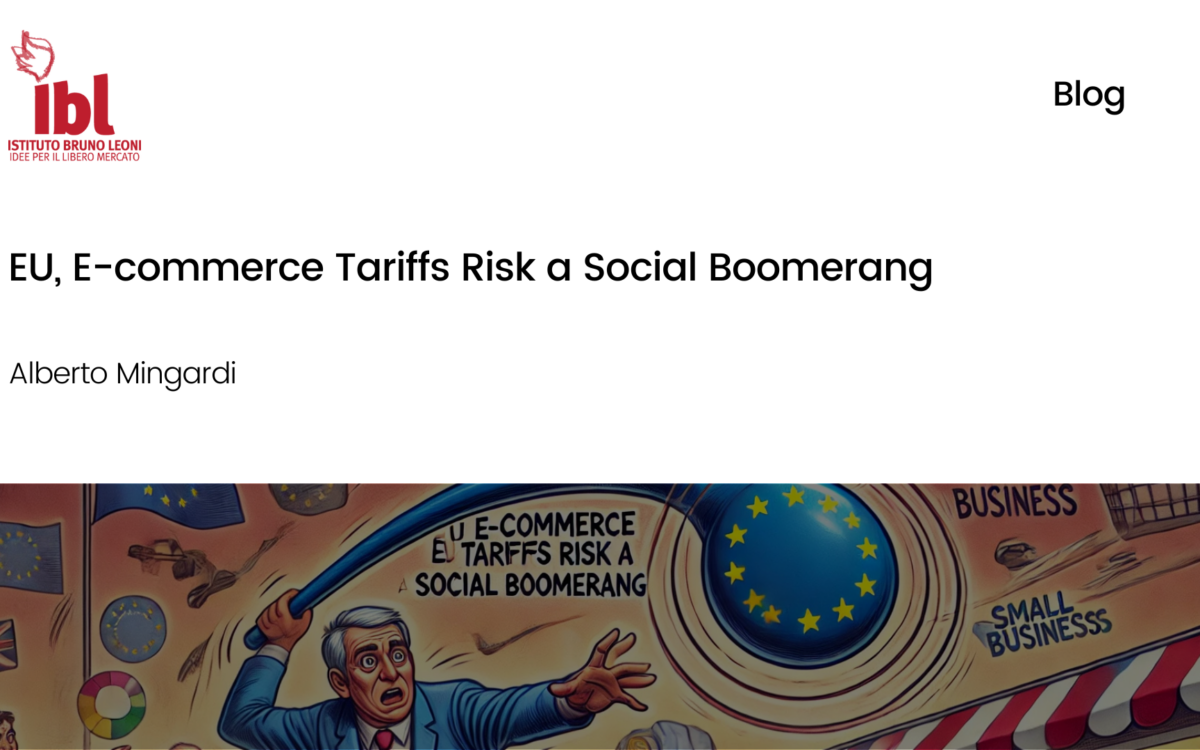EU Measure Doesn’t Capture Poverty

EU Measure Doesn’t Capture Poverty
4 June 2018 // Emanuel Örtengren
The EU member states have agreed that 20 million people should be lifted out of poverty by 2020. However, the measure that the European Commission uses does not capture poverty but inequality. This mismeasurement leads to erroneous conclusions about the nature and extent of poverty in Europe, as well as how it should be tackled.
In November 2017, EU leaders proclaimed the European Pillar of Social Rights, a set of 20 principles for equal opportunities and access to the labour market, fair working conditions, and social protection. This proclamation illustrated how the EU institutions are increasingly focusing on the so-called social dimension, which was also the subject of one of the reflection papers that the Commission published last year on the future of the EU.
While the Commission’s strong emphasis on social issues is new, the social dimension as such is not. Both the Lisbon Strategy, which was adopted in 2000 and the current Europe 2020 strategy featured targets related to poverty reduction and social inclusion. The Europe 2020 strategy states that by 2020, the number of EU citizens in or at risk of poverty should have decreased by 20 million compared to 2008. A person who is defined as “in or at risk of poverty” has an income below 60 percent of the median disposable income, a level which obviously differs widely between EU member states.
At the moment, this poverty target looks far out of reach. In fact, using the in or at risk of poverty measure, the number of poor EU citizens actually increased by 1.7 million between 2008 and 2015. This failure may provide some context as to why the Commission is now considering more forceful measures to address social issues at the EU level.
The problem is that the Commission’s measure does not accurately reflect the level of poverty in Europe. A new paper by Zsolt Darvas, which compares the EU’s poverty measure to other relative income measures such as the Gini coefficient, demonstrates that the EU numbers capture relative and not absolute poverty. The definition of poverty is a state in which an individual lacks resources to fulfil basic human needs, but by using a relative income measure as an indicator the Commission has equated inequality with poverty. Why the Commission has nevertheless adopted a relative income measure as a poverty indicator is unclear as Eurostat stresses that “This indicator does not measure wealth or poverty, but low income in comparison to other residents in that country, which does not necessarily imply a low standard of living.”
Using the relative income measure leads to significant overestimation of poverty at the European level. According to the latest EU figures, the share of EU citizens “at risk of poverty or social exclusion” is around 24 percent. However, more multidimensional poverty measures, which provide a better assessment of living standards, show that the EU-wide poverty rate is closer to 4 percent. Such findings should not come as a surprise. For example, someone with an income slightly below the at risk poverty rate in Luxembourg can still consume seven times as many goods and services (adjusted for purchasing power) as someone with an income slightly above the at risk poverty rate in Romania. To put people with vastly different living standards in the same category and express it as a percentage of the EU’s population is therefore extremely misrepresenting.
To get a more accurate picture of poverty in the EU, the Commission ought to adopt a new measure such as the share of EU citizens who can afford a weighted basket of goods and services. Using such a measure would probably also lead to different policy conclusions. Instead of spending a third of the EU budget on redistribution through cohesion funds, which fuel corruption in Central and Eastern Europe and do not seem to explain growth convergence patterns in the EU, the main focus in the effort to increase EU citizens’ living standards should be to fulfil the potential of the Single Market.
For instance, there are still thousands of regulated professions in the EU, which prevents the realisation of a truly integrated market for services and limits labour mobility. Moreover, labour mobility may be impaired by the revised Posted Workers Directive, which has been fundamental to the free movement of workers within the EU. This freedom of movement has contributed significantly to rising living standards in Central and Eastern Europe, where remittances from family members living abroad can correspond to as much as 3-6 percent of GDP. Posted workers also make up such a small fraction of total EU employment (less than 1 percent) that their impact on wage setting in host countries is insignificant, despite accusations from high-wage countries that posted workers have been a source of ‘unfair competition’.
A well-functioning Single Market and freedom of movement are things that the EU institutions can create and uphold. But with the adoption of the Social Pillar and the legislative proposals that have followed in its wake, there is a risk that the EU will encroach on member states’ autonomy without being able to accomplish much. And a flawed poverty measure might lead to the wrong conclusions as to what the EU should do in the realm of social policy. No one would benefit from that, least of all the EU citizens who are actually poor.
Emanuel Örtengren is a Project Coordinator working with economic policy at Timbro, the largest free market think tank in the Nordics.
EPICENTER publications and contributions from our member think tanks are designed to promote the discussion of economic issues and the role of markets in solving economic and social problems. As with all EPICENTER publications, the views expressed here are those of the author and not EPICENTER or its member think tanks (which have no corporate view).



